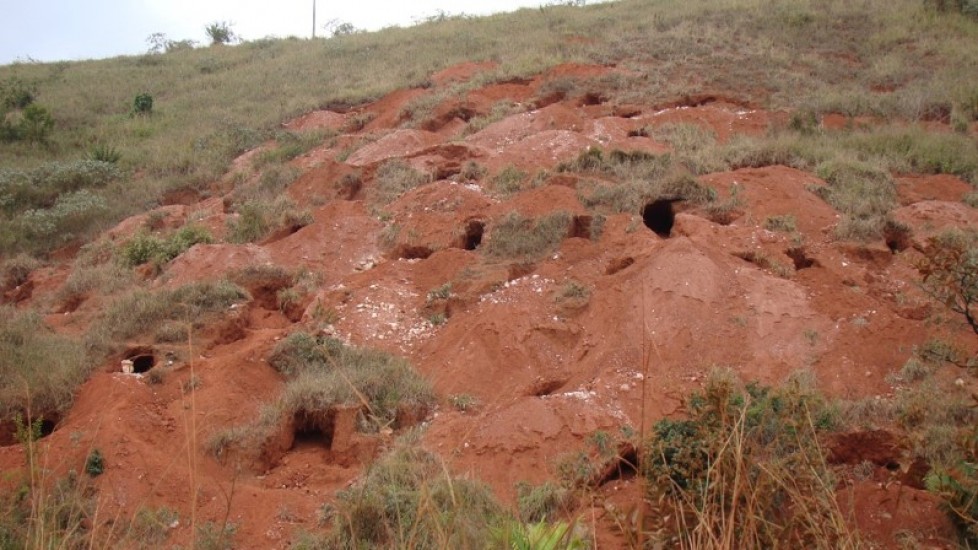Finished Projects

Biodiversity in artificial cavities in the State of Minas Gerais: Alternatives for the conservation of biological communities in impacted environments.
The artificial cavities, despite having different origins (through anthropogenic activities), are also subterranean environments and may present characteristics similar to cave environs. Among them we can mention the absence of light, more stable temperature levels than the external environment, as well as high humidity/moisture and tendency to oligotrophy. In Minas Gerais, the presence of artificial cavities is common due to mining activity of this town that dates back to the eighteenth century. These cavities comprise shelters for some groups of animals. Thus, this study was conducted with the main objective to evaluate the use by and diversity of invertebrates in artificial cavities and suggests a way to use these systems as elements in planning management activities in natural cavities and / or mineral extraction areas and tourist cavities. For the study we evaluated the physical, trophic, and biological characteristics and anthropogenic alterations observed in these cavities. Invertebrates were captured manually in 110 artificial cavities distributed in 12 municipalities of Minas Gerais, through active search and plotting on sketches. Parameters such as richness, ecological complexity, species dominance, diversity and similarity were related to impacts present in the epigean environment and characteristics of the hypogean environment (e.g. linear extension, photic zone percentage and geographic distance). The effect of tourism was also evaluated on artificial subterranean systems. For this observation and monitoring of environmental (temperature and humidity) and biological (invertebrate community composition and structure) parameters were conducted before and after the completion of anthropogenic activities in the systems were performed. A total of 594 species of invertebrates were found. Among the most observed impacts are trails, deforestation and extractive activities. The species richness and biological complexity are lower in artificial than in natural cavities. More distant systems present more differences in their species composition. In tourist systems, invertebrates tend to take shelter in areas adjacent to those used as a tourist route. The presence of artificial lighting and the movement of persons within the artificial cavities affect the temperature and humidity values, in addition to changing the access routes to resources available to the hypogean invertebrate fauna. The artificial subterranean systems are important places for establishing experiments that can improve management actions employed in caves. The great diversity of species found in artificial subterranean systems, mainly ombrophile invertebrates, demonstrates the potential of these habitats as places that can enhance and maintain species richness in areas where the native vegetation has been removed.


